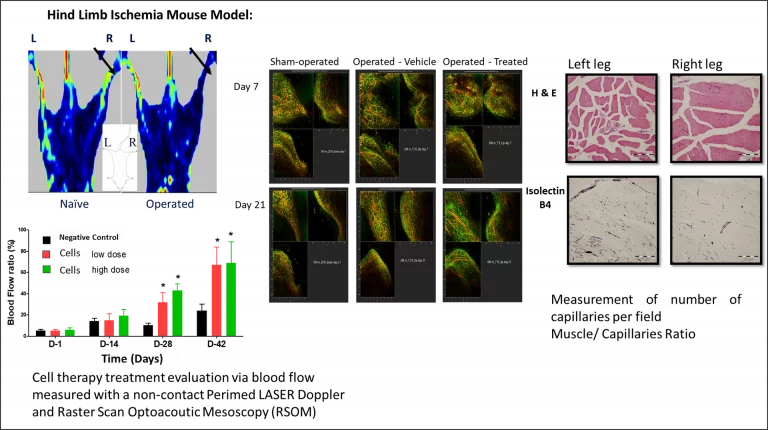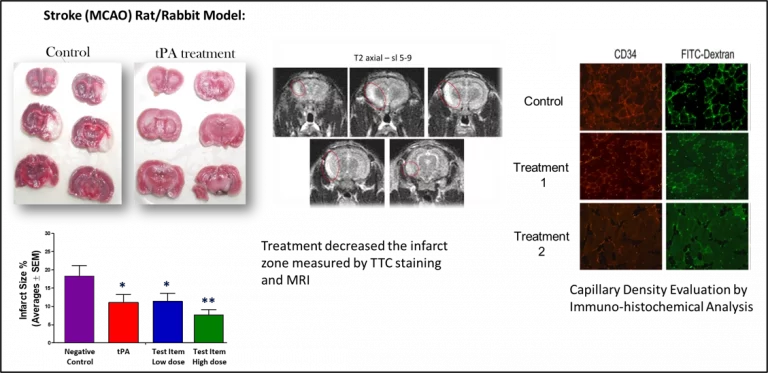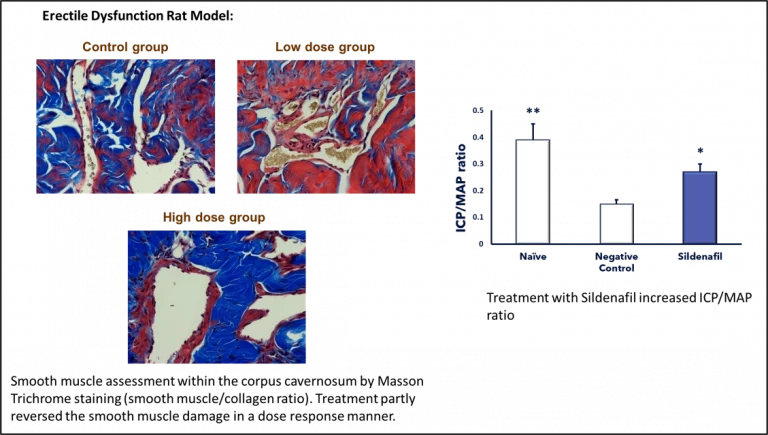Vascular Disease Models
Angiogenesis is a key mechanism in multiple clinical indications which require inhibition or stimulation in order to achieve therapeutic benefits. Angiogenesis is a major target within the oncology field and stimulation is crucial for regenerative processes following ischemic events. Furthermore, modulation of the angiogenesis process will enable us to determine the proper clinical indication while reviewing the transition from inflammatory processes to regenerative processes.
Regenerative angiogenesis is aimed at assessing the restoration of blood flow following ischemic events, in cardiovascular, cerebral or peripheral blood vessels diseases.
Another group of models is associated with the angiogenesis processes in solid tumors, aiming at assessing the potential of anti-angiogenesis technologies that reduce tumor burden.
For each of the above technologies, different rodent models are used. Matching the correct preclinical model to the tested technology is a major challenge. Spontaneous regenerative processes in rodents have to be considered, as well as the involvement of inflammatory related mediators, in the mechanism and validity of such technologies. The animal-to-human translational power should be evaluated with regard to the clinical situation.
Moreover, it is required to take into account the complexity of the integration of experimental modalities such as: blood flow and monitoring the utilization of the Laser Speckle Contrast Imaging (LSCI) Doppler, combined with immunohistochemistry staining and functional assessment. Combining the data generated by these technologies may help in assessing their strength and their relevance to the clinical situation.
At Pharmaseed, we have the relevant expertise and experience for tailoring this complex network into a simple experimental design.
Our services support an array of therapeutic disciplines
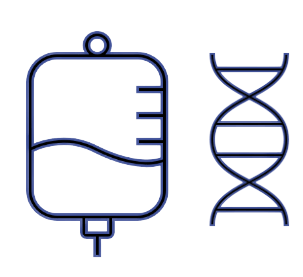
Cell & Gene based Therapy
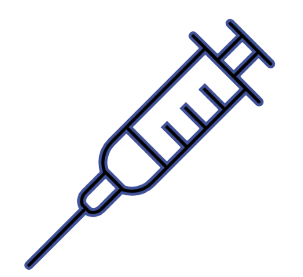
Biological therapy

Cannabis based therapy

Microbiome
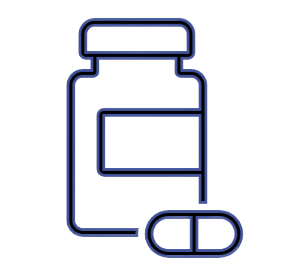
Pharmaceuticals
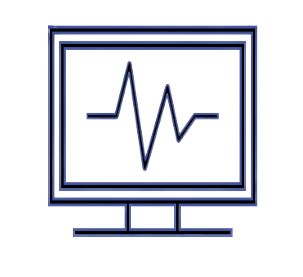
Medical devices
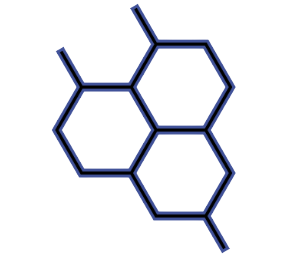
Nutraceuticals
Vascular Disease Models
- Models available: Chemical induction by FeCl3 or mechanical induction by ligation and dissection
- Species available: Mouse, Rat
- Standard assessments: Body weight, clinical signs, blood flow (Laser Speckle), clinical evaluation (necrosis scoring, limb function evaluation), histology (including IHC), perfusion, saturation
- Models available: Permanent and Transient models (middle cerebral artery occlusions- MCAO & embolic models)
- Species available: Rat, Rabbit
- Standard assessments: Body weight, clinical signs, neurological score, histology, infarct size measurement, brain hemorrhage and edema assessment
- Additional assessments: Cognitive tests – water maze, stepping tests and forelimb , staircase tests, grip strength tests, social recognition tests, object recognition tests, body swing tests and forelimb placement, limb use tests, body postural balance tests and sensory tests (corneal, startle and pina reflexes)
- Models available: Transient Left Coronary Artery Occlusion.
- Species available: Mouse, Rat.
- Standard assessments: Body weight, clinical signs, histology, infarct size measurement.
- Additional assessments: ECG recording
- Models available: Chronic Cerebral Hypoperfusion.
- Species available: Rat.
- Standard assessments: Body weight, clinical signs, Morris water maze, object recognition test, social recognition test, open field, passive avoidance test.
- Models available: Diabetic, Hypertensive, Naive animals.
- Species available: Rat.
- Standard assessments: Body weight, clinical signs, intracavernous pressure (ICP) / main arterial pressure (MAP) ratio.
- Additional assessments: Nitric Oxide (NO) levels, hormone levels (testosterone, oxytocin).
- Species available: Pig.
- Standard assessments: Body weight, clinical signs, blood pressure, angio-CT.
- Additional assessments: Blood chemistry and biochemistry.
- Models available: Blood vessels occlusion of the brain, lung, Iliac, heart (coronary), deep vein thrombosis.
- Species available: Pig, Sheep, Rabbit, Rat.
- Standard assessments: Body weight, clinical signs, blood flow (Doppler), fluoroscopy, contrast imaging, blood pressure.
- Additional assessments: Histology.
- Species available: Pig.
- Standard Assessments: Body weight, clinical signs, histology, hemorrhage size assessment.
- Additional assessments: CT.
- Models available: LAD ligation.
- Species available: Rat.
- Standard assessments: Body weight, clinical signs, histology & immunostaining. Noninvasive and invasive blood pressure, cardiac pressure-volume loop analysis. Metabolic assessment, kidney function, blood and urinalysis.
- Models available: Monocrotaline-induced.
- Species available: Rat.
- Standard assessments: Body weight, clinical signs, histology & immunostaining. Noninvasive and invasive blood pressure, cardiac pressure-volume loop analysis. Metabolic evaluation, kidney function and urinalysis.
- Species available: Rat.
- Standard assessments: Body weight, clinical signs, histology & immunostaining. Noninvasive and invasive blood pressure, cardiac pressure-volume loop analysis. Metabolic evaluation, kidney function and urinalysis.
Research outcomes - examples
